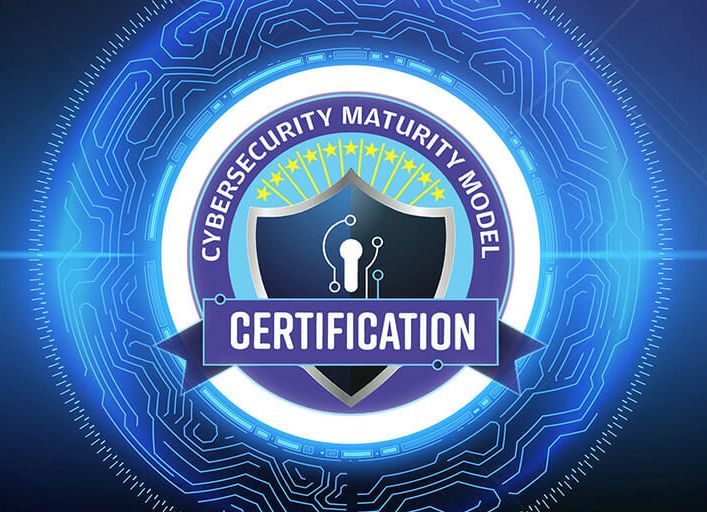In a fast-changing world, SMEs are grappling with a talent shortage that has intensified post-pandemic. Finding candidates with the right expertise and skills is becoming increasingly challenging. Is the solution to this challenge in hiring remote workers from different parts of the world?
The rise of remote work has opened doors for businesses to hire based on qualifications rather than geographical proximity. This shift allows companies to bridge skill gaps, foster diverse and high-performing teams, and do so cost-effectively. So, how can SMEs make the most of this global talent pool and create an ideal environment for their remote workforce? From understanding compliance to maximizing technology, we answer your key questions about hiring remote staff for your small business:
Five Crucial Questions About Remote Hiring
- How Can You Simplify Global Expansion?The traditional route of setting up local entities to support international growth is time-consuming and riddled with regulatory complexities. How can businesses avoid these hurdles and fast-track their expansion?
- What About Compliance Across Borders?: Employment regulations vary significantly from one country to another. How can SMEs ensure they remain compliant with ever-evolving labor laws while managing remote employees around the world?
- What Technology Is Essential for Remote Teams to Succeed?: In the age of remote work, technology is a cornerstone of success. What tools and systems are indispensable for remote teams to function optimally, regardless of their geographical locations?
- How Can You Navigate Time Zone Differences?: Managing global teams brings diverse time zones into the equation. How can SMEs ensure seamless communication and collaboration, even when team members are scattered across the world?
- What's the Key to Effective Pre-Arrival Communication?: Ensuring a smooth onboarding process for remote team members is crucial. How can businesses create a comprehensive welcome kit and relocation guide that sets the stage for a successful working relationship?
Five Strategies for Excelling in a Remote Work Setting
- Is Asynchronous Communication the Way to Go?: In the virtual workplace, asynchronous communication minimizes meeting overload. But what should SMEs be aware of to strike the right balance in remote communication?
- What Must Change in Remote Work Environments?: Information flow in an office differs significantly from the remote work environment. What proactive steps can SMEs take to ensure effective information sharing and collaboration?
- How Can You Foster Transparency and Inclusivity?: Remote work necessitates a new level of transparency and inclusivity. What strategies can SMEs employ to ensure everyone has access to the same information and feels part of the team, regardless of their location?
- Why Are Clear Expectations and Goals Vital?: Without the physical presence of an office, employees may feel adrift. What's the best way to establish clear objectives, responsibilities, and deadlines to keep remote teams on track and engaged?
- Why Should You Humanize the Virtual Experience?: Remote work can sometimes feel impersonal and isolating. How can small gestures like emojis and gifs help humanize digital interactions, fostering a sense of connection and camaraderie among remote team members?
The talent gap poses a pressing challenge for SMEs, and addressing it effectively is vital for their long-term success. By addressing these questions, your small business can navigate the digital age, tap into global talent, and not only survive but thrive even in times of skills shortages. Employer of Record platforms have democratized access to the world's best talent, making it available to SMEs. The best talents are waiting for you; seize the opportunity and harness their potential.









